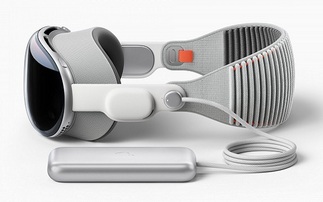One small six-metre drive proves a giant leap for mission
Nasa has begun remotely driving its Curiosity rover module around the surface of Mars in the next stage of the organisation's exploration of the Red Planet. The space centre confirmed that tests...
To continue reading this article...
Join Computing
- Unlimited access to real-time news, analysis and opinion from the technology industry
- Receive important and breaking news in our daily newsletter
- Be the first to hear about our events and awards programmes
- Join live member only interviews with IT leaders at the ‘IT Lounge’; your chance to ask your burning tech questions and have them answered
- Access to the Computing Delta hub providing market intelligence and research
- Receive our members-only newsletter with exclusive opinion pieces from senior IT Leaders





















